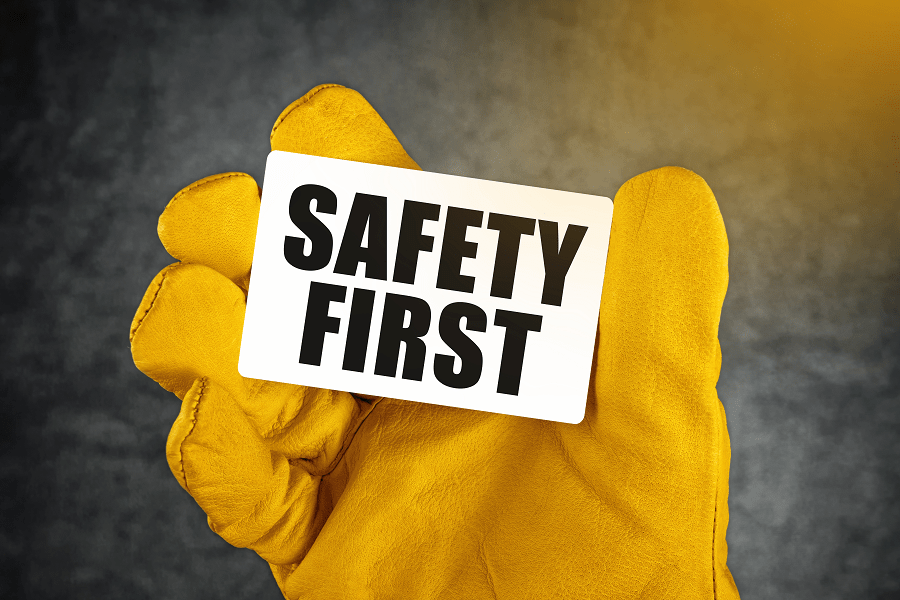Welcome to the Habersham Central High Promotional Page! #AnaheimorBust-Habersham Located in Habersham County, Habersham Central high currently embodies a DECA chapter of 50 members. They are represented by Ecolink ambassador Cheryl Maafoh, who will support them...












